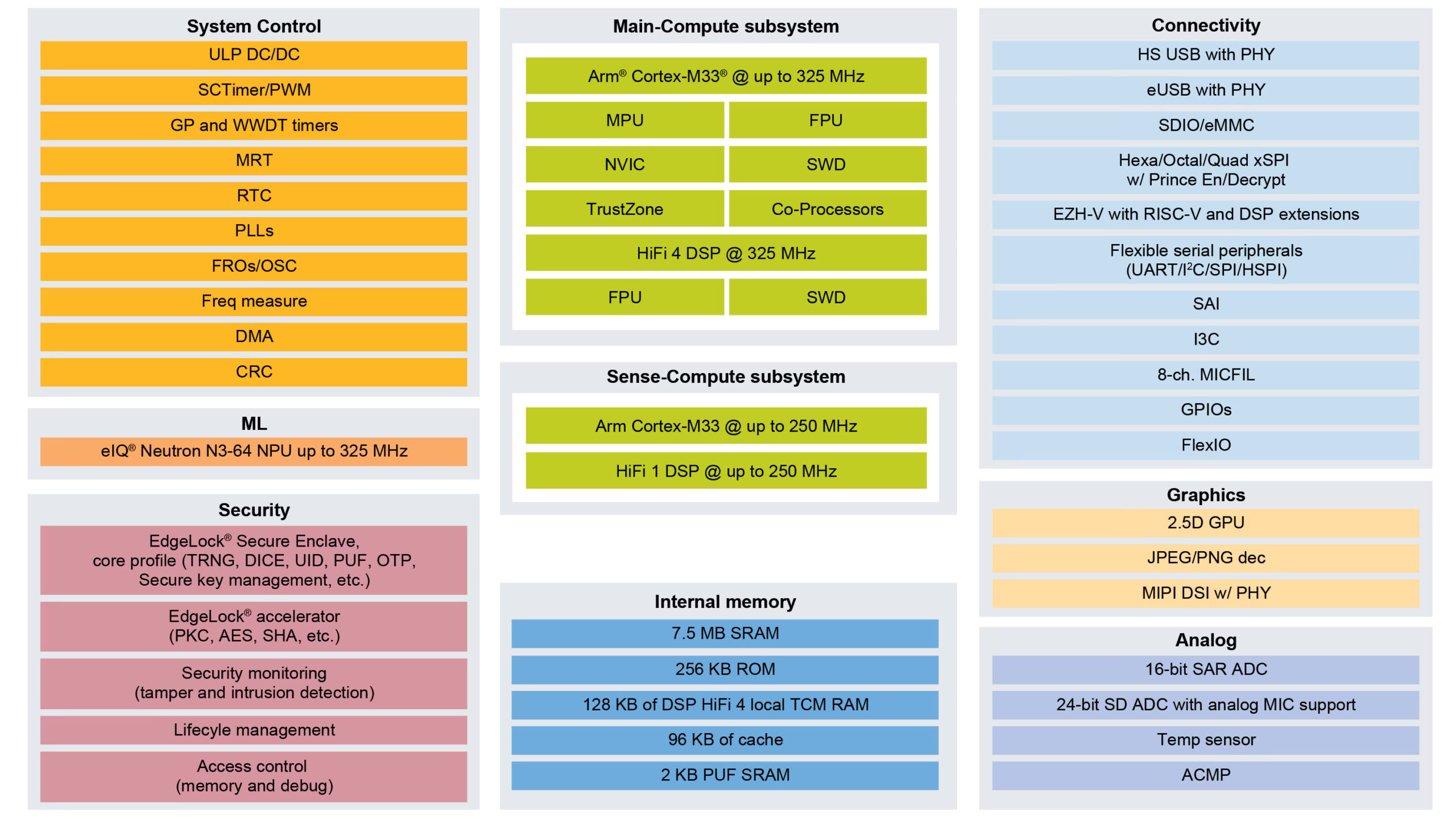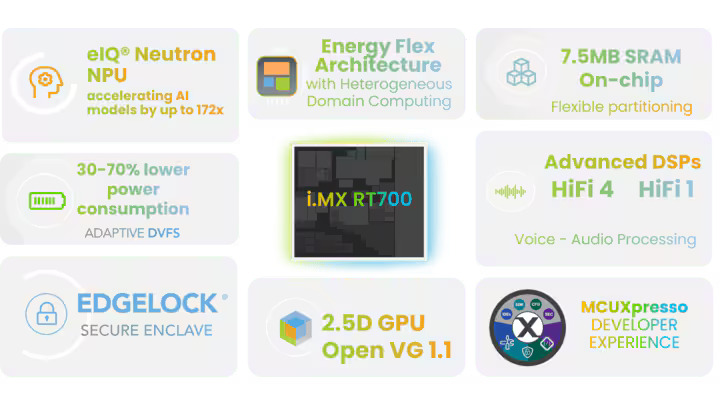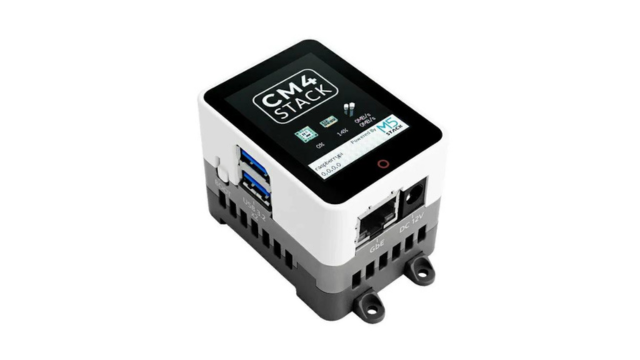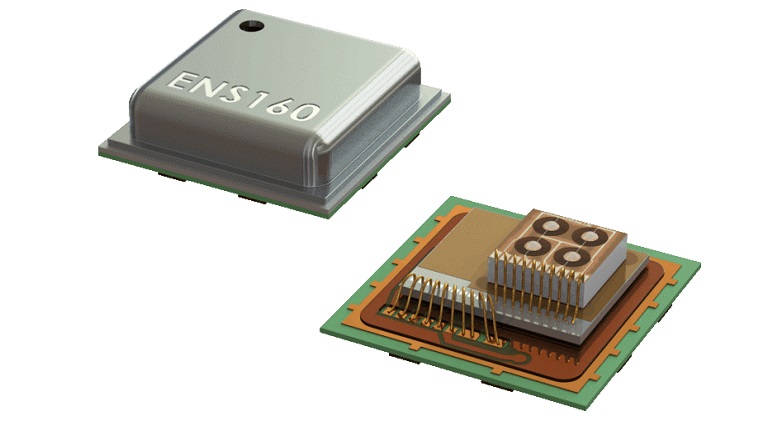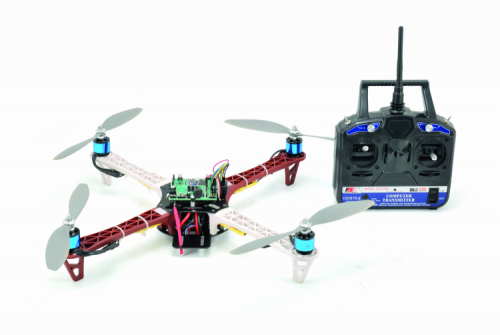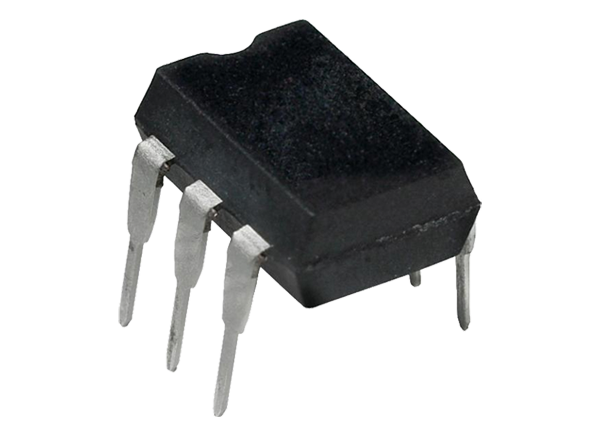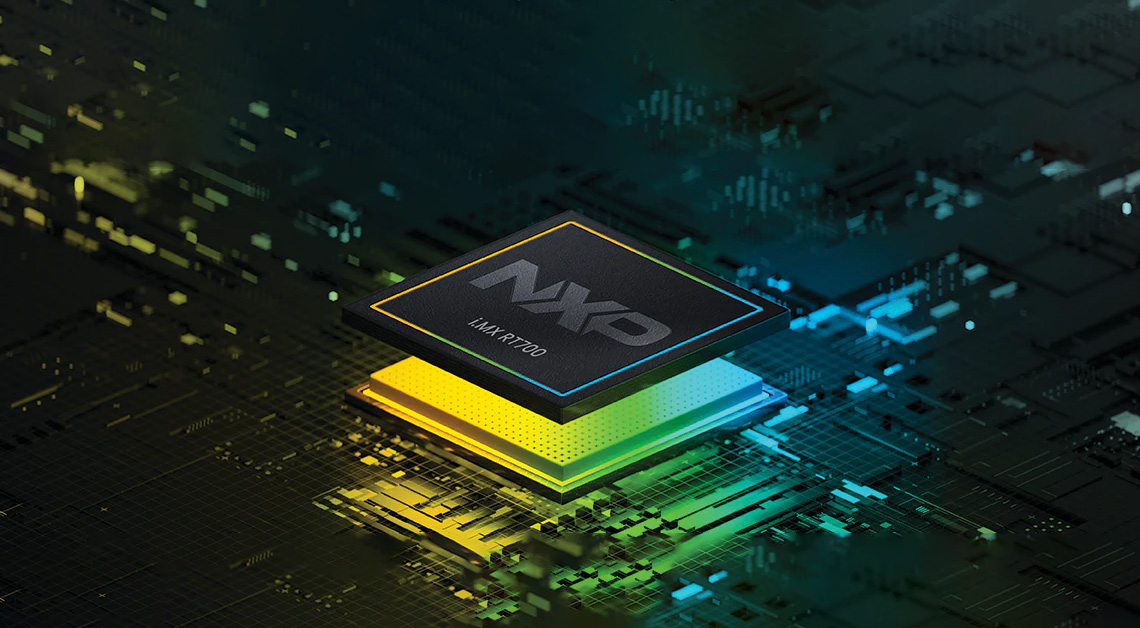
NXP has recently announced NXP i.MX RT700 RT700 AI crossover MCU is designed for devices that require high-performance sensing, DSP, and computing capabilities while maintaining low-power characteristics for longer battery life.
The MCU features two ARM cortex-M33 cores clocked at 325MHZ complementing that is a Tensilica HiFi 4 DSP and a 250MHz core for always-on sensing tasks. Additionally, it integrates a powerful eIQ Neutron NPU with an upgraded 7.5 MB of SRAM and a 2D GPU with a JPEG/PNG decoder. All these features make this device useful for applications including AR glasses, wearables, smartwatches, wristbands, and more.
This new MCU is compatible with NXP’s eIQ machine learning software and development environment which has tools like the eIQ Toolkit, inference engines (TensorFlow Lite Micro, DeepViewRT), and neural network compilers (Glow) for efficient on-device ML. Additionally, the i.MX RT700 is compatible with popular RTOS options like FreeRTOS and Zephyr, providing flexibility for real-time application development.
NXP I.MX RT700 AI Crossover MCU Spcifications
- Core Platform
- Main Compute Subsystem:
- Arm Cortex-M33 CPU @ up to 325 MHz
- HiFi 4 DSP @ up to 325 MHz
- eIQ Neutron NPU @ up to 325 MHz
- Sense Compute Subsystem:
- Arm Cortex-M33 CPU @ up to 250 MHz
- HiFi 1 DSP @ up to 250 MHz
- Main Compute Subsystem:
- Memory
- 7.5 MB on-chip SRAM
- Three xSPI interfaces for off-chip memory expansion
- Supports 16-bit wide external memories up to 250 MHz DDR
- Peripherals
- eUSB support with integrated PHY
- Two SD/eMMC memory card interfaces
- One supporting eMMC 5.0 with HS400/DDR operation
- USB high-speed host/device controller with on-chip PHY
- Digital microphone interface supporting up to 8 channels
- Serial interfaces: UART, I²C, I3C, SPI, HSPI, SAI
- Graphics
- 2.5D GPU with vector graphics acceleration
- Frame buffer compression
- EZH-V with RISC-V core + SIMD/DSP instructions
- OpenVG 1.1 support
- Up to 720p @ 60 FPS from on-chip SRAM
- LCD Interface + MIPI DSI
- JPEG and PNG codec support
- CSI interface: 8/10/16-bit parallel (via FlexIO)
- Security
- EdgeLock® Secure Enclave (Core Profile)
- Secure boot and debug
- Cryptographic services: TRNG, DICE, UID, PUF, OTP
- Crypto accelerators for PKC, AES, SHA, etc.
- Security monitoring with tamper and intrusion detection
- Device attestation with Device Identifier Composition Engine (DICE)
- Lifecycle management
- EdgeLock® Secure Enclave (Core Profile)
- MCUXpresso Developer Experience
- MCUXpresso ecosystem support
- Selection of IDEs
- Pin, clock, peripheral, security, and memory configuration tools
- Security programming and provisioning tools
- Software Development Kit (SDK)
- MCUXpresso ecosystem support
- Zephyr RTOS support
- MCU Package – FOWLP249, WLCSP141
At the time of writing the company mentions that the RT700 AI crossover MCU is in the production stage and other are no rising details available for that. But some more information and others can be found on the company’s product page, press release, and blog.





